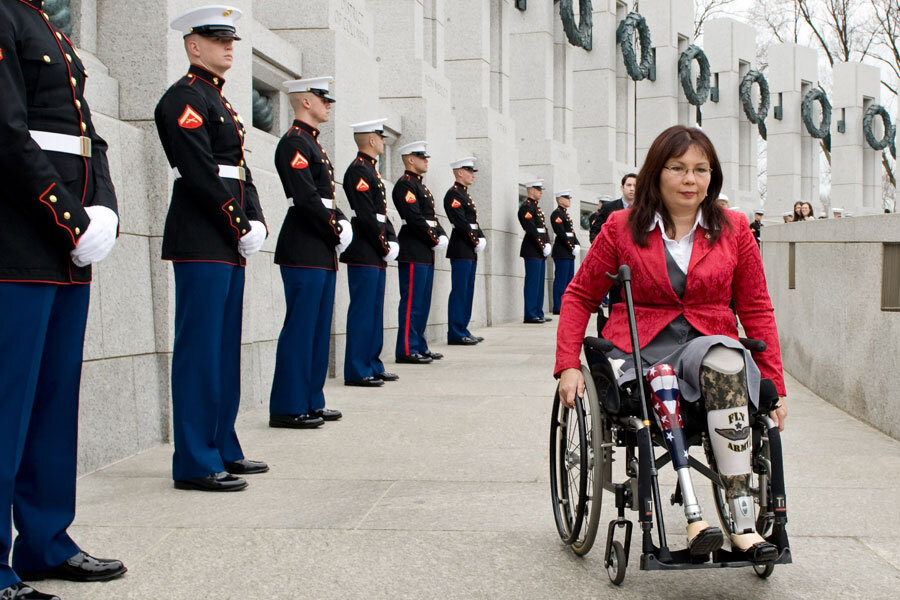How a bipartisan bill about disabilities shows Congress's ability to work
On Wednesday of last week, a remarkable thing happened in Washington: The House of Representatives committed an act of bipartisanship.
Although the parties are increasingly at odds on major issues, nearly all the members on both sides voted for a bill making it easier for disabled people and their families to save for education and other needs. (Declaration of interest: My family is one of the millions that could benefit from this bill.) The Achieving a Better Life Experience (ABLE) Act passed the House by a vote 404 to 17, and with 75 cosponsors in the Senate, it is virtually certain to reach the president’s desk.
Why is it moving toward enactment when so many other bills linger in legislative limbo?
For one thing, it is just plain sensible. Parents of children without disabilities can save for their children's education with “529 accounts,” which grow tax-free. But current law discourages them from opening such accounts for disabled children. Anyone with more than $2,000 in assets is ineligible for Medicaid or Supplemental Security Income. So as soon as parents learn that a child has a serious disability, financial advisers warn them not to put any assets in the child’s name, in case he or she someday needs those programs. Parents can still save money in their own bank accounts, but the earnings are fully taxable.
The law thus makes it harder for disabled people to get the education and training they need to achieve independence and avoid government assistance. So instead of moving disabled people away from dependency, the asset limit has the opposite effect.
Under the bill that the House passed, states could set up ABLE programs, under which disabled people could have ABLE accounts, much like the current 529 accounts. People with these accounts would not lose eligibility for Medicaid and other means-tested benefits, and the income earned by the accounts would not be taxable. The money could go for expenses such as education, housing, transportation, training, and assistive technology.
In addition to making sense, the bill also has a large and influential constituency. Surveys indicate that most voters know someone who has a disability. Rep. Ander Crenshaw (R) of Florida, the bill’s author, told the The Florida Times-Union he learned about the need for such legislation through friends who have a son with Down syndrome. Cosponsors Pete Sessions (R) of Texas and Cathy McMorris Rodgers (R) of Washington are parents of children with Down syndrome. Other House members have disabilities themselves. Rep. Jim Langevin (D) of Rhode Island is a paraplegic and Rep. Tammy Duckworth (D) of Illinois lost her legs while serving in the Army in Iraq.
It is true that the bill will cost some $2 billion over the next 10 years, but lawmakers paid for it with savings in other parts of the budget. The Committee for a Responsible Budget called it “an encouraging example of fiscal responsibility.”
More important, the bill shows that conservatives and liberals can find common ground. It enables disabled people to preserve eligibility for social programs, which liberals like. It encourages work, savings, and investment, which conservatives like. It represents the kind of agreement that President Clinton and the GOP Congress were repeatedly able to reach in the 1990s. Maybe their contemporary counterparts could keep following this model.
Jack Pitney writes his "Looking for Trouble" blog exclusively for Decoder Voices.





